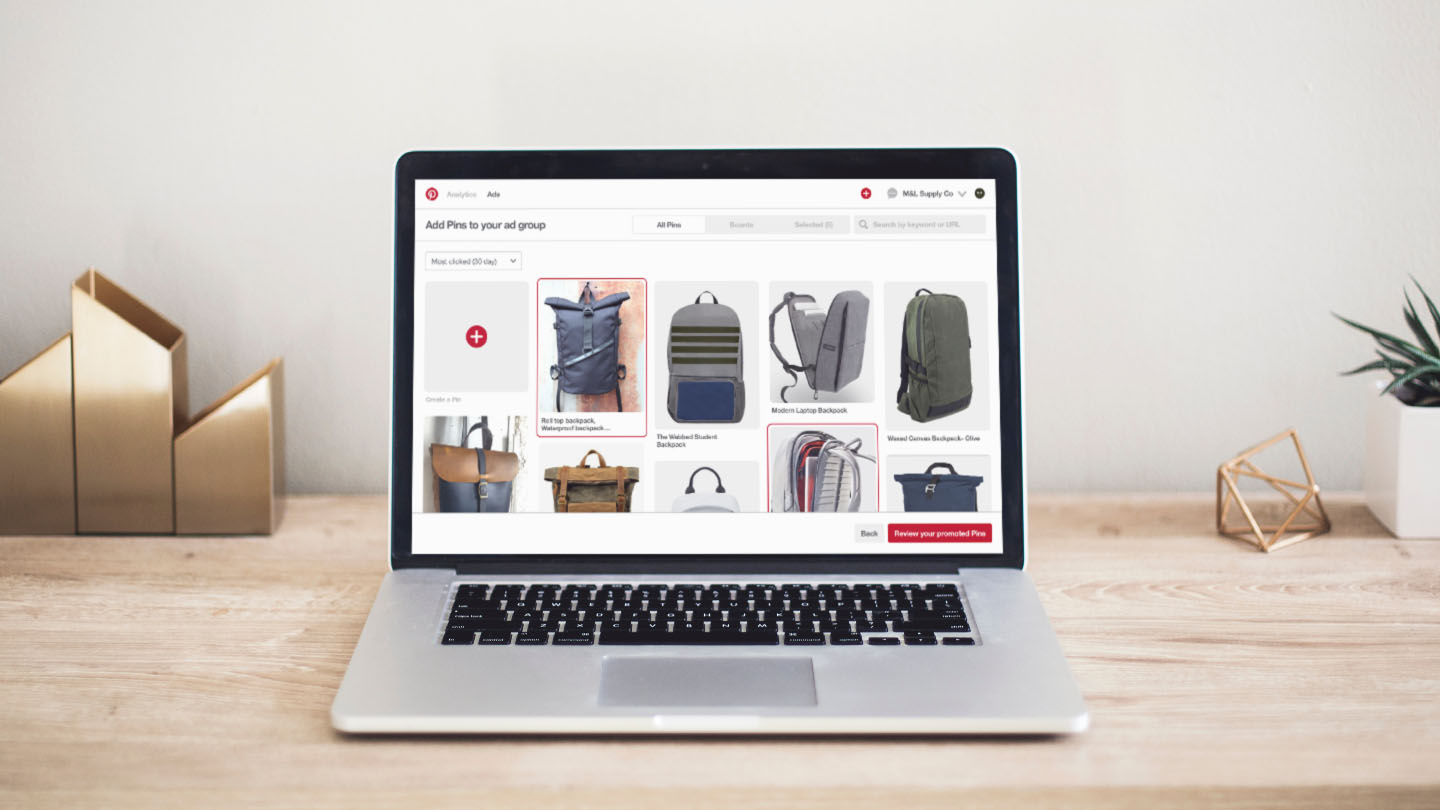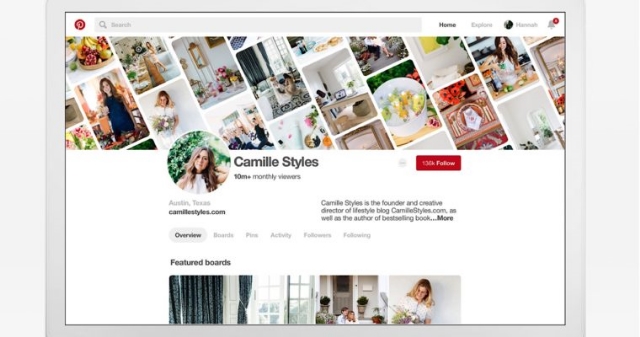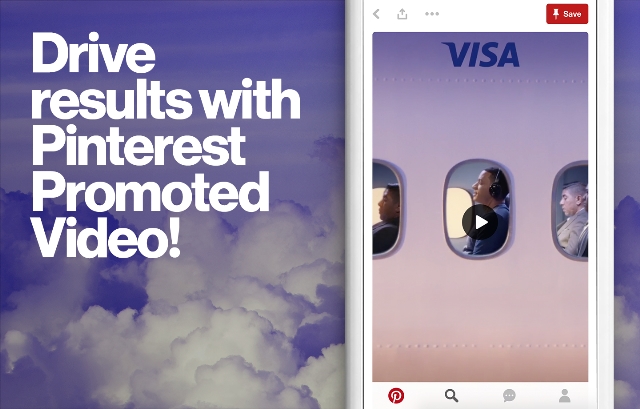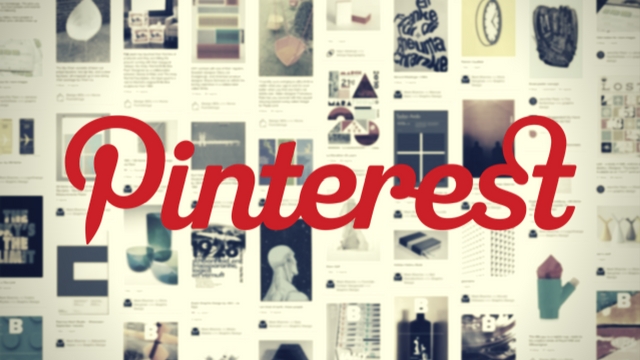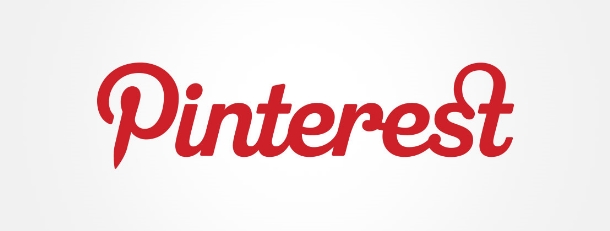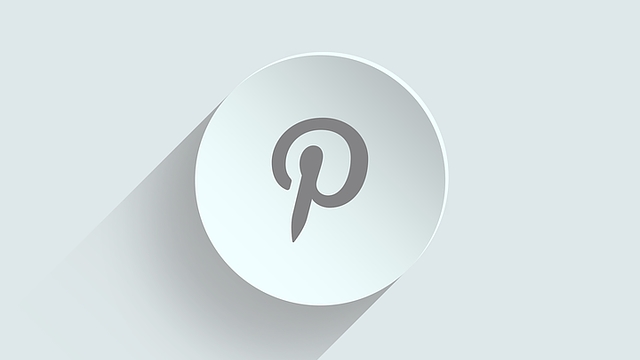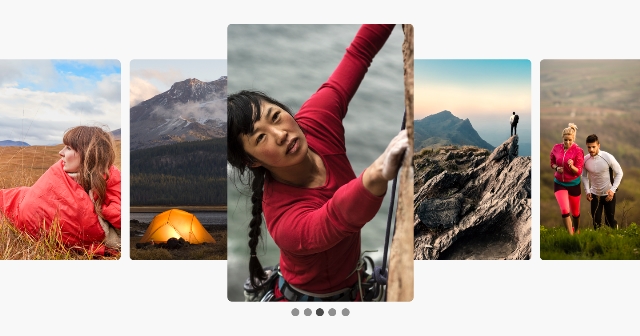
Pinterest has launched a new ad format that gives advertisers the ability to promote up to 5 different products with a single ad.
The new “Promoted Carousel” ads combine 5 normal ad posts into a single ad unit, which will let viewers swipe through products or different ad experiences.
The format is built with unique slides, where each can have its own image, title, description, and landing page.
The most obvious benefit of these ads would be to highlight several different products at the same time, but advertisers could also craft these ads around highlighting different aspects of a single product.
Pins in these Promoted Carousel ads appear like any other pin, but users can swipe through each image and enlarge a specific card for a full-screen experience.
In the announcement, Pinterest says the new ads can help brands effectively raise awareness of their products and improve ad performance with better traffic results and conversions.
“This format can present a product’s numerous features, drive additional purchases by showing multiple items in a Pin or increase awareness with a multi-image brand story.”
Those given early access to Promoted Pins affirm this, saying they have seen improvements in:
- Brand awareness
- Ad awareness and association
- Ad performance
- Engagement Rates
Promoted Carousel ads began rolling out late last week and are now available for all businesses utilizing Pinterest’s self-serve ad platform.

